
Catching psoriatric arthritis (PsA) early has been a challenge even when the diagnosis is aided by sonography, according to the authors.
Mary Caffrey is the Executive Editor for The American Journal of Managed Care® (AJMC®). She joined AJMC® in 2013 and is the primary staff editor for Evidence-Based Oncology, the multistakeholder publication that reaches 22,000+ oncology providers, policy makers and formulary decision makers. She is also part of the team that oversees speaker recruitment and panel preparations for AJMC®'s premier annual oncology meeting, Patient-Centered Oncology Care®. For more than a decade, Mary has covered ASCO, ASH, ACC and other leading scientific meetings for AJMC readers.
Mary has a BA in communications and philosophy from Loyola University New Orleans. You can connect with Mary on LinkedIn.

Catching psoriatric arthritis (PsA) early has been a challenge even when the diagnosis is aided by sonography, according to the authors.

The results have important implications for managed care. Many patients in the study who today would receive surgery and chemotherapy would see a recurrence. In addition, the ability to treat these patients more effectively at earlier stages raises new questions about the need to conduct more lung cancer screening.

The lead author said the findings were a step forward for biomarker studies and would change clinical practice.

President Trump announced the plan today at the White House, accompanied by insulin manufacturers Eli Lilly, Novo Nordisk, and Sanofi, as well as AHIP and major health plans.

Findings from the American Society for Radiation Oncology (ASTRO) highlight the growing financial strain at freestanding clinics, including those that say they will lose half their annual revenue.

The authors reviewed existing evidence for filtration efficiency of cloth masks vs medical masks, and they found that cloth masks fared surprisingly well. Layers matter, as does the material used.
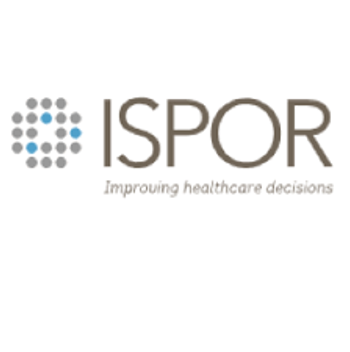
Incremental cost-effectiveness ratios (ICERs) must be updated to reflect the fact that some patients discontinue biologics and swap in other products, the authors concluded.
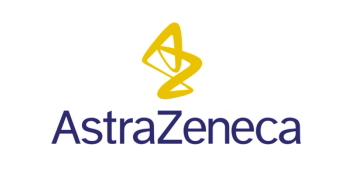
Under the agreement, BARDA will spend $1.2 billion on to support development and manufacturing of the vaccine, first conceived at the University of Oxford.

How will coronavirus disease 2019 (COVID-19) affect prescription drug trends? The American Journal of Managed Care® (AJMC®) put questions to Chris Robbins, chief executive officer of Arxcel Consulting LLC, to review these subjects and more in a wrapup discussion after the Academy of Managed Care Pharmacy virtual meeting.
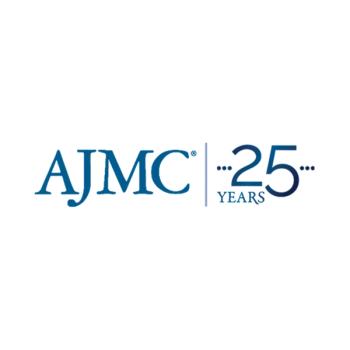
A 2017 paper that examined the links between insurance type and delays in care brought some interesting results.
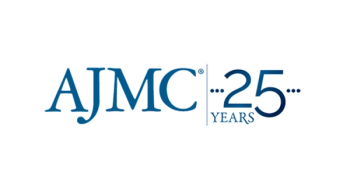
Site of care made a difference in chemotherapy costs.

Despite the immediate distraction from coronavirus disease 2019 (COVID-19), panelists at the 2020 Virtual Community Oncology Conference said community oncologists must keep pressure on pharmacy benefit managers (PBMs) as the 2020 campaign heats up—lest they lose the momentum to rein PBM practices within the umbrella of drug pricing reform.

The bright spot of telemedicine's success during the coronavirus disease 2019 pandemic cannot overshadow the stresses on patients and practices, which will both have ongoing challenges when the pandemic ends, said panelists during a legislative update on day 2 of the 2020 Virtual Community Oncology Conference, convened by the Community Oncology Alliance.

Oncology practices could use more time to become accustomed to 2-sided risk even without a global pandemic, but the current crisis makes the need more urgent, say payment reform leaders at the Community Oncology Alliance virtual conference.

Douglas M. Long, MBA, vice president of industry relations for IQVIA, surveyed the effects of COVID-19 as he kicked off AMCP eLearning Days, a webinar series held in place of the annual meeting of the Academy of Managed Care Pharmacy (AMCP).

President Donald Trump yesterday released broad guidelines to drive a re-opening of the US economy in the wake of the coronavirus disease 2019 (COVID-19) pandemic, outlining conditions that should be in place while leaving final decisions to the nation’s governors.

“Quest for Value: Advancing Oncology Value-based Care,” this year’s first installment in the Institute for Value-Based Medicine (IVBM) from The American Journal of Managed Care®, zeroed in seniors, a population that’s growing not just in Florida but across the United States. Older Americans are more likely to develop cancer, but thanks to better detection and treatment, they are more likely to survive cancer, too.

Benefits newly available under Medicare Advantage are not well-known to consumers and uptake has been limited. At the same time, CMS has propsed funding the hospice benefit differently, which would allow MA plans to “carve in” to this benefit, creating additional uncertainty.
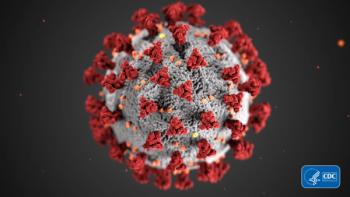
Anthony Fauci, MD, the director of the National Institute of Allergies and Infectious Diseases, said he thinks the country is on track to see a decline of coronavirus disease 2019 (COVID-19) but said life will not go back to the way it was before. Fauci was interviewed by the JAMA editor-in-chief, who also spoke with former Utah Governor Michael Leavitt about state and federal roles in a pandemic.
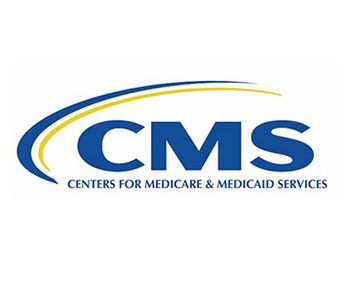
The rate increase comes as the agency is easing up on quality reporting requirements to give health sytems breathing room amid the pandemic. Monday’s announcement also clarified some payment changes for end-stage renal disease.

Employers are showing great interest in value-based insurance design, as they recognize their role in shaping how their employees’ share of healthcare costs can affect what care they seek.

Higher levels of the omega-3 fatty acid eicosapentaenoic acid (EPA) found in the blood appear to explain why icosapent ethyl drives down the risk of a cardiovascular (CV) event, according to findings presented at the 2020 American College of Cardiology/World Congress of Cardiology Virtual Experience.

Patients with homozygous familial hypercholesterolemia saw average reductions in low-density lipoprotein cholesterol of 47.1% over 24 weeks. Reductions began to appear as early as 2 weeks after patients started taking the drug in the double-blind trial.

Results for ISCHEMIA and ISCHEMIA-CKD, first presented at the American Heart Association (AHA) and due to publish shortly, continued to generate discussion Sunday, when the 2020 American College of Cardiology / World Congress of Cardiology Virtual Experience featured a pair of online presentations with additional insights into these trials.

The trial showed that patients taking this novel therapy, an oral soluble guanylate cyclase stimulator, were 10% less likely to experience the primary outcome—a composite of death from cardiovascular (CV) causes or first hospitalization for HF—than those taking placebo. The drug could address the sickest patients through a mechanism that would take on HF progression.

The study, Vascular Outcomes Study of ASA Along with Rivaroxaban in Endovascular or Surgical Limb Revascularization for PAD (VOYAGER-PAD), was designed to fill a knowledge gap: it asked whether a well-known therapy developed to prevent blood clots could be used to prevent events, including acute ischemia in the leg for patients after revascularization.
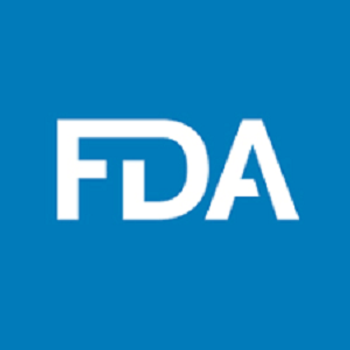
The number of cases of COVID-19 nationwide moved past the 20,000 mark, of which more than half are in New York state, a fact that Gov. Andrew Cuomo said was a function of the state testing more people.

As coronavirus dominates the airwaves and the internet, it’s worth knowing that in 2006, a study found that local television news had become the number one source of medical information for most Americans.

Research highlighting these trends, based on 10 million death records pulled from a CDC database, will be presented at the American College of Cardiology’s Annual Scientific Session together with World Congress of Cardiology (ACC.20/WCC), which is taking place as a virtual meeting March 28-30.
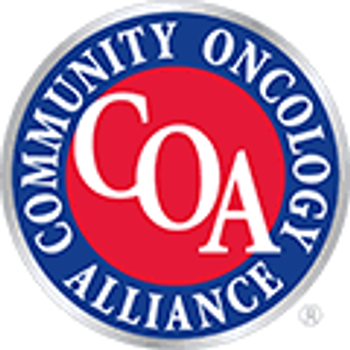
“These are times of unprecedented and unimaginable challenges for our health care system."

259 Prospect Plains Rd, Bldg H
Cranbury, NJ 08512
© 2025 MJH Life Sciences®
All rights reserved.
